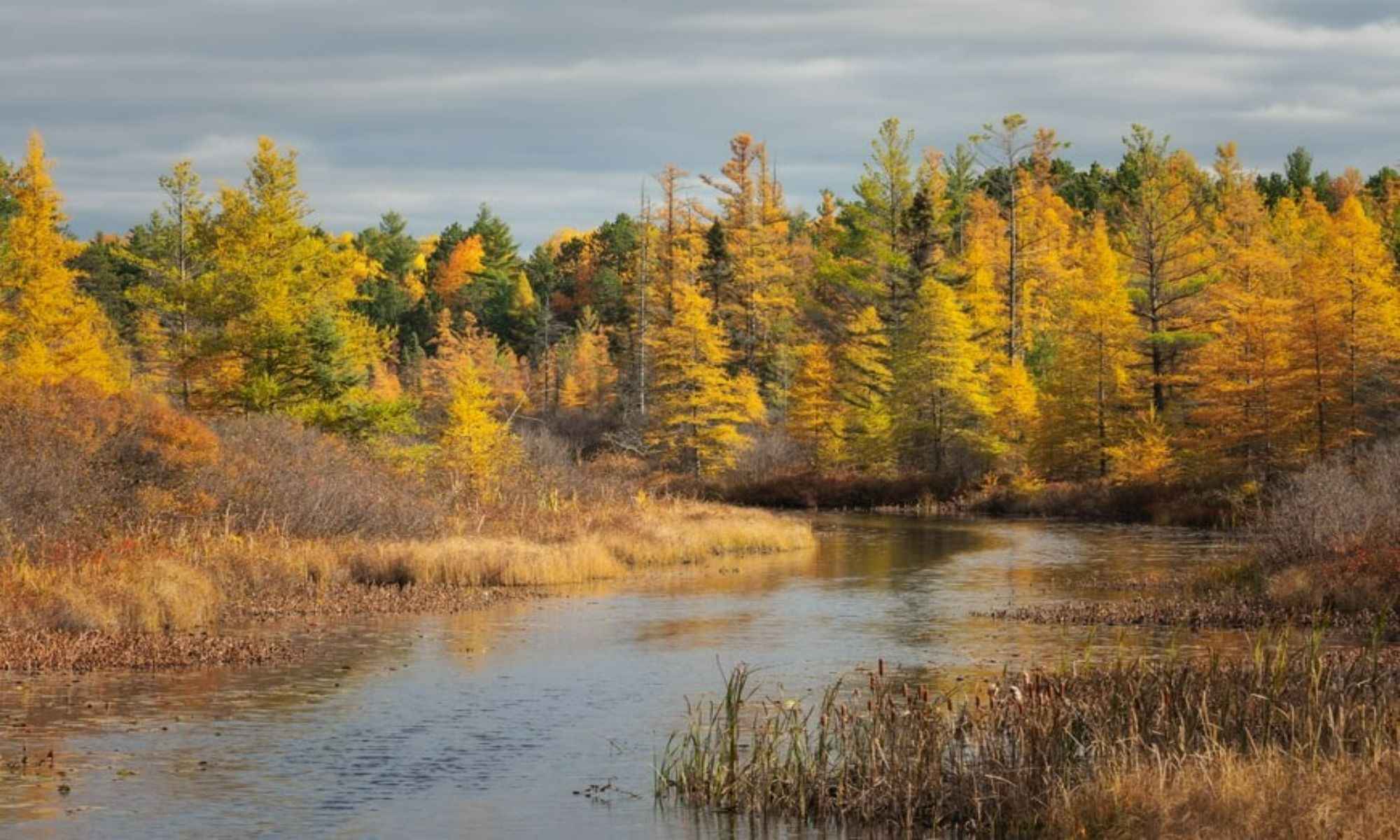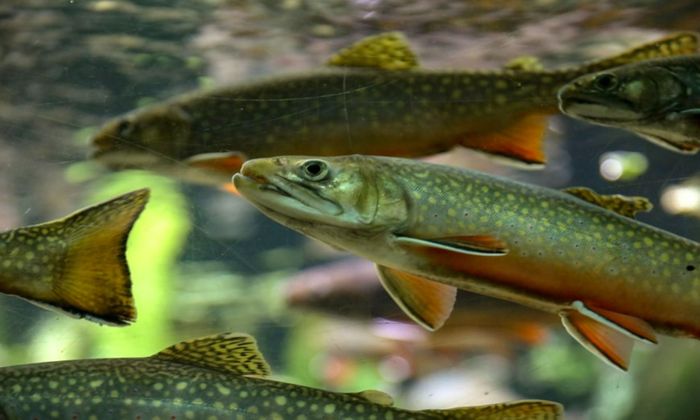Trout Fishing: Why Wisconsin Should be on Your List
Discover the reasons why Wisconsin should be at the top of your trout fishing bucket list destinations.

Wisconsin is a top fishing destination in the Midwest, and for a good reason. This beautiful state is home to over 15,000 lakes where more than a hundred different fish species thrive. It also has two Great Lakes and a stretch of the Mississippi River within its territory. Here, you can fish just about any water body and end up with a haul.
But what makes Wisconsin a top-tier fishing Mecca is its trout fishing. Trout species are quite selective in the waters in which they thrive. And the streams, creeks, and rivers in Wisconsin get it right.
So if you’re eager to fly fish for these game fish, make a whole trip out of it.

Here Are Reasons Why Wisconsin Should Be on Your Trout Fishing Bucket List
1. Wisconsin Has More Than 13,000 Miles of Trout Streams, Creeks, and Rivers

For a healthy trout population to flourish in any given body of water, the temperature must be consistently cold, as trout cannot survive in temperatures more than 75 degrees. The water body must also be pure and not subject to constant environmental changes, as these can affect the aquatic insects that make up a trout’s diet.
Not a lot of water bodies around the world meet these criteria. Only 1/100 of 1% of the world’s water bodies do. That’s what makes Wisconsin special — there’s not a lot of places in the world that can boast a concentration of more than 13,000 miles of trout waters.
Based on the Wisconsin Department of Natural Resources classifications, Wisconsin has 5,365 miles of Class 1 trout streams — that’s a whopping 40% of the state’s total trout stream mileage. Class 1 trout streams are high-quality waters that can adequately support the natural reproduction of wild trout. Class 2 trout streams make up 46% of the state’s total. These streams host some natural reproduction but still depend on annual stockings to sustain their great sport fishing status. What makes them particularly attractive to sport anglers is that they tend to produce bigger fish. Wild trout are smaller and tend to mature and grow more slowly than stocked fish.
2. Every Region in Wisconsin Has a Top Trout Fishing Spot
Wisconsin is gifted with so many productive trout streams that it may be hard to decide which body of water to fish first. So here are some popular trout waters per region to get you started:
Kinnickinnic River
Kinnickinnic River sometimes referred to as the Kinni, is located in the northwestern region of Wisconsin. This Class 1 trout stream is home to native brook trout and brown trout that reproduce naturally. It has many access points. If you’re looking for larger fish, head to the access point below the River Falls dam at Glen Park.
Bois Brule River
Another northwest trout stream, Bois Brule River, is one of the state’s most well-known trout streams. It was so popular that five sitting presidents were known to have fished in it. It flows north and empties into Lake Superior. This upper stretch is well-loved by trout anglers who catch brook, brown, and rainbow trout in the area.

Pike River
Flowing in the northeastern part of the state, Pike River is considered one of the Wisconsin Wild Rivers. This deep and cold stream has plenty of action and cover, making it a great home for brown, rainbow, and brook trout. It also consistently stays cold, even during summers.
Kickapoo River West Fork
The West Fork of Kickapoo River is one of the biggest Driftless area streams that offer some of the best trout fishing in the state. It has more than 20 miles of trout waters home to wild brown trout. You can find several public access points along Highway S.
Black Earth Creek
Black Earth Creek is a Wisconsin River tributary in the Driftless area. It offers such great trout fishing that it was included in the nation’s top 100 in Trout magazine. It is a Class 1 trout stream supporting a healthy population of brown trout and stocked rainbow trout.
3. Early Season Trout Fishing is Fantastic in Wisconsin
If you’re eager to fish and cannot wait until spring, you should pack your winter clothes and head straight to Wisconsin. While spring is still the best season to fish for trout, fishing for them in the middle of winter is a different experience altogether. There’s less of a crowd, and the scenery is outstanding, making for a genuinely peaceful fishing experience.
The early trout fishing season in Wisconsin starts on the first Saturday of January and lasts until the first Friday of May. It is on a strictly catch-and-release basis. Barbless hooks are not a requirement, but catching them with artificial lures is.
To maximize your early-season trout fishing experience, pack your light tackle and ultralight spinning rods. They work best, especially if you’re fishing in the narrower streams. Make sure to fish in the late afternoon when trout are feeding more aggressively. Head to the deeper parts of the water where water movement is slow, as these are preferred by trout during winter. And finally, pack a landing net and hemostat so you can safely release the trout back into the water.
Wisconsin is proud of its trout streams and is taking every step possible to ensure healthy populations. As anglers, we must cooperate with the state regulations to enjoy these waters and fish for generations. If you’re visiting Wisconsin to fish any of its trout streams, the best way to ensure you’re appropriately following state regulations is by visiting Wisconsin DNR’s T.R.O.U.T (Trout Regulations and Opportunities User Tool). This site aims to be a comprehensive guide where you will find information on which streams are open, trout seasons, and other facts and updates relevant to trout fishing in the state.


